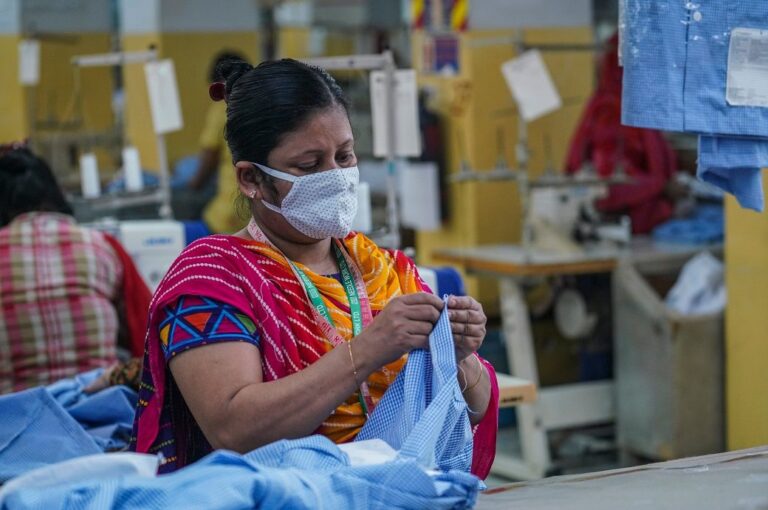
[ad_1]
The economic losses are estimated to increase to over 1 trillion taka by 2050 without adaptation, using conservative growth assumptions, according to the study titled ‘Hot Cities, Chilled Economies: Impacts of Extreme Heat on Global Cities’. The report has detailed the social and economic effects of climate-driven extreme heat through the prism of 12 cities, spanning six continents, covering an urban population of more than 123 million.
Dhaka has incurred losses currently amounting to around 510 billion taka due to the impact of extreme heat stress on labour productivity, as per a report. Sectors such as garment manufacturing, retail trade, and transport in Dhaka can be particularly affected, impacting not only those who work in the industry, but the global supply chain as a whole.
“Climate-driven heat is changing the way we live and work, yet current awareness of this silent and invisible threat is dangerously insufficient. Heat’s disproportionate impact on cities compelled us to quantify and explore the economic and social ramifications of our burning planet,” said Kathy Baughman McLeod, SVP and Director of the Adrienne Arsht-Rockefeller Foundation Resilience Center at the Atlantic Council.
Heat is concentrated in some of the city’s poorest districts. In Kamrangirchar, a district containing a high concentration of informal settlements with widespread use of corrugated iron sheet roofing, temperatures are typically 12°C higher than Dhaka’s surroundings.
The population of Dhaka is developing innovative individual solutions to adapt to the heat, but the magnitude of the problem calls for a rapid scaling to protect the city’s residents and economy. Worker protection projects such as the Red Cross/Red Crescent’s FbF solution can be scaled up to provide broad-based social insurance against extreme heat for vulnerable workers.
There are existing weather forecasts from institutions such as the European Centre for Medium-Range Weather Forecasts and the Bangladesh Meteorological Department, while projects such as the Red Cross/Red Crescent’s feasibility study on heat waves are working to formalise locally relevant and scientifically backed heat wave definitions that could underpin future public health and safety campaigns.
The Million Cool Roofs challenge pilot study in Dhaka has achieved significant cooling effects in schools, industrial buildings, and low-quality housing settlements, through using reflective roof paint to reduce indoor temperatures. In one instance, indoor working temperatures at peak heat times dropped by almost 8°C, falling below outdoor temperatures. Further low-cost adaptations are already used by Dhaka residents, particularly in informal communities, including building on stilts to promote air circulation (and improve flood resilience) and establishing natural ‘green roofs’ by allowing creepers to cover iron roofs, the report said.
For this report, only a subset of the ways in which extreme heat can impact a city’s economy and society were examined and appraises impacts in ‘normal’ vs. unusually warm years, meaning it provides a conservative view of the social and economic costs of heat. It does not look at impacts or costs to infrastructure, health care systems, reduced learning and education, or the loss resulting from business interruption.
The study was jointly conducted by the Adrienne Arsht-Rockefeller Foundation Resilience Center at the Atlantic Council and business management consultant firm Vivid Economics.
Fibre2Fashion News Desk (NB)
[ad_2]
Source link